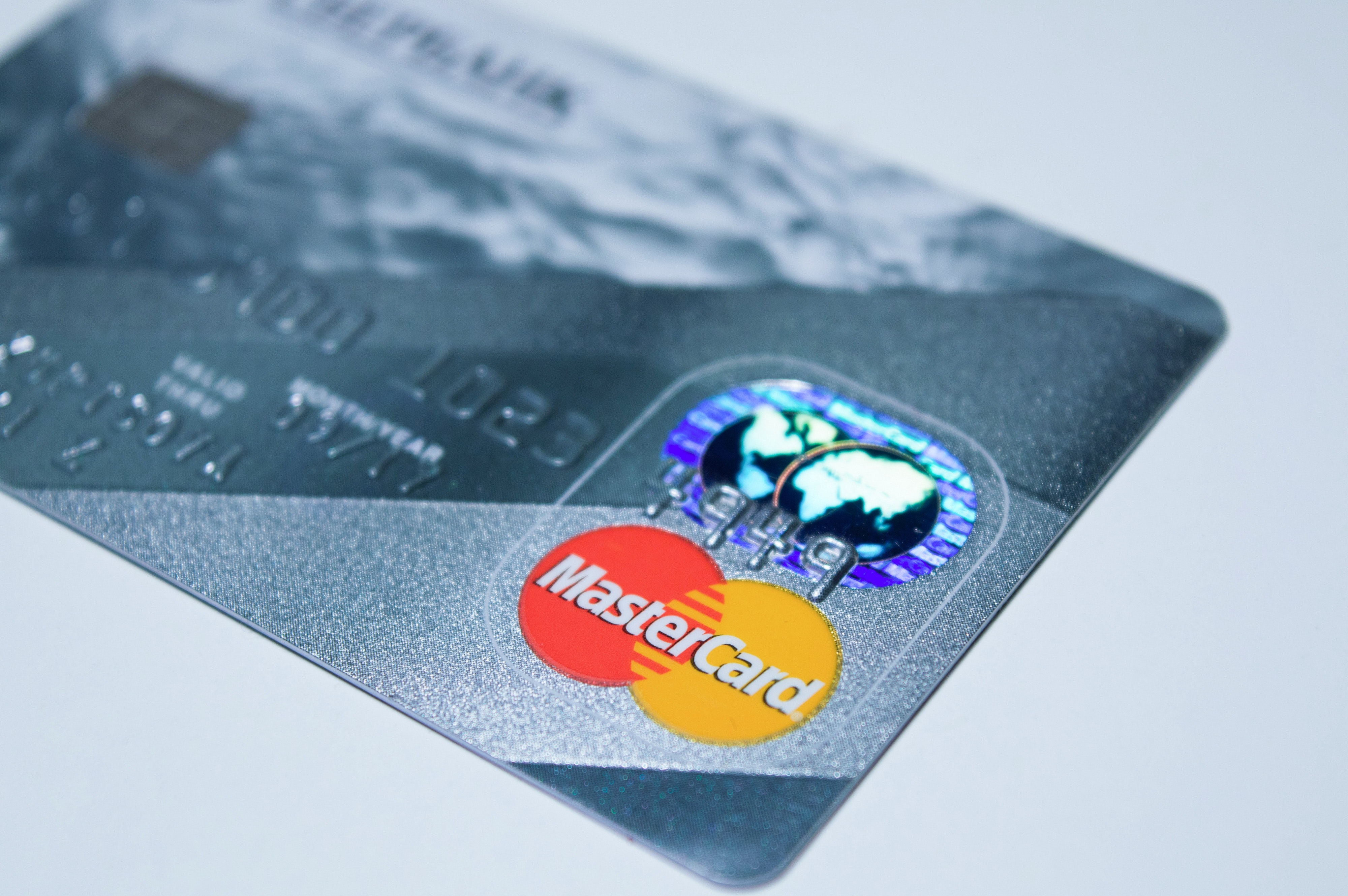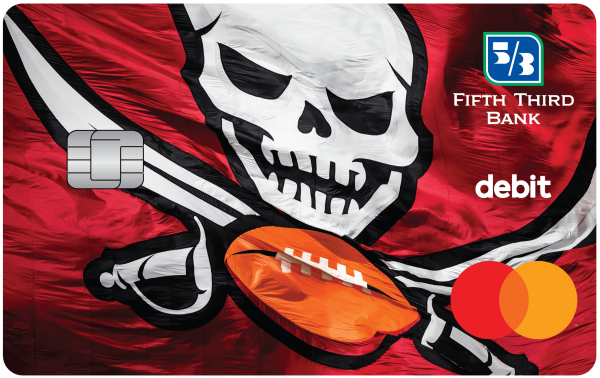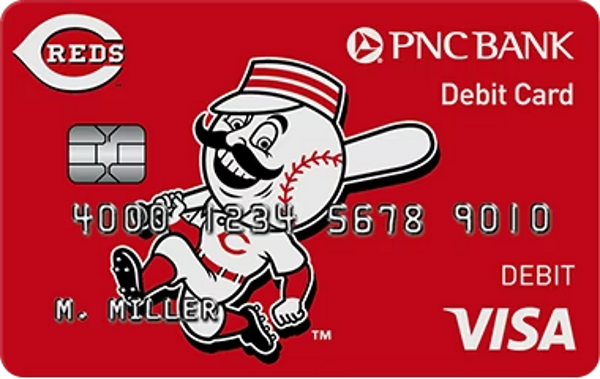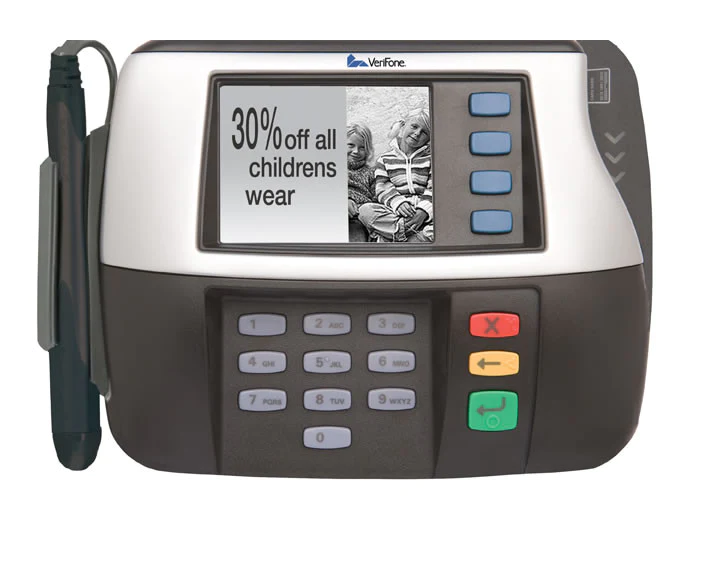
Table of Contents
What are 0% APR Credit Cards?
APR stands for Annual Percentage Rate, and a 0% APR credit card does not require you to pay any interest for a set period, usually 12 to 21 months. This includes not paying any interest on new purchases or balance transfers during the initial no-interest period.
This makes 0% APR credit cards extremely popular as they can be used to consolidate your existing loans and pay them off interest-free for up to 21 months. It’s financially prudent to acquire an initial 0% APR credit card if you have lingering debt on an existing card or plan to make a significant purchase, as long as you handle it carefully.
However, not all 0% APR deals are created equal, so it is essential to read the terms carefully before signing up for a new card. Here’s how 0% APR credit cards operate and some things to consider before applying for one.
The 0% Interest May Not Apply to Everything
Although your offer may say 0% interest fee, it may not apply to every purchase you make. A single credit card can have different interest rates, and therefore it is essential to read the rates and fees carefully.
Purchase APR: This is the interest rate you are charged when you make a purchase. If you plan to use your credit card for some big purchases, make sure that you have 0% APR on the investment. Another thing to keep in mind is if you get a credit card with 0% APR on both purchase and balance transfer, the interest-free period may be lesser when compared to when you just take 0% purchase APRs. So, if you are planning to use the card for purchase only, try getting only 0% purchase APR for an extended period.
Balance Transfer APR: The interest rate imposed on debt transferred from one credit card to another. Before transferring your debt, double-check that the 0% offer applies to balance transfers. If you don’t, you can wind up paying interest on top of any balance transfer costs, which may put you in further financial distress.
Cash Advance APR: Cash advances have a higher APR than other transactions, and there may be additional charges. Credit card cash advances are rarely eligible for 0% APR, so if that’s what you are looking for, do check with your credit card provider.
Penalty APR: Many credit card providers have a 0% APR on many things but include a hefty penalty rate on your account under certain conditions. This penalty diminishes all the other benefits you may get from the 0% interest, so you must make sure you understand it before signing up for a credit card. Some instances when you may incur a penalty are:
- Failure to pay your minimum amount within 60 days of the due date.
- You’ve gone above your credit limit.
- Making a payment that isn’t accepted.
And remember, incurring a penalty is also detrimental to your credit score so avoid it at any cost.
The Interest-Free Duration Varies Depending on the Kind of Transaction
In some cases, the interest-free period may be more significant for one transaction versus the other. For example, the Discover credit card offers 18 months of 0% APR period of balance transfer but only a six month 0% APR period on purchases.
On the other hand, Citibank offers up to 15 months of 0% APR on purchase (with 5% cashback) but only six months of a balance transfer, making it ideal for anyone planning to make some big purchases.
So, choose the type of card that best suits your needs.
There is a Limit on How Much Can Qualify for No Interest
When your application for a new credit card is accepted, you will be given a credit limit depending on your application. The maximum amount of money that can be charged to your card is referred to as a credit limit. You can only spend up to your available credit limit if you have a 0% APR on new purchases.
Credit restrictions become even more critical if you want to do a balance transfer. Credit card companies frequently limit how much of your credit limit can be used by transferring debt from another account.
You Need a Good Credit Score to Qualify
If you are looking for a 0% APR Credit Card, you will be required to have a good credit score. Most credit card companies will approve a 0% APR credit card if you have a credit score of above 740, but you can still get one if you have a score of 670. Although, if your score falls below this threshold, you are unlikely to qualify for a 0% APR credit card.
Lowering Your Credit Utilization is Still Important
Your credit score depends on your credit utilization ratio, and it is best to keep your credit utilization around 30% of your credit limit. So if you plan to make use of your 0% APR card to buy something expensive, it is unlikely that you will be able to clear the debt anytime soon. This can reduce your credit score in the long run, so make sure to use it as a motivation to make multiple payments each month and gradually bring the ratio down.
What Can a 0% APR Credit Card be Used For?
There are several things a 0% APR card can be used; below are some of the main use cases:
Short-Term Financial Problems: Life is unpredictable, and there are instances when you fall behind your paycheck and need immediate financial assistance. A 0% APR credit card can be a perfect answer to your need as you can pay off your urgent expenses on your card and pay it off when you get your paycheck. You can use it instead of a personal loan or extremely expensive payday loans.
Ideal for Large Purchases: Most 0% APR cards like the one offered in Citibank have generous cashback over the 15-month interest-free period. So, if you are in the market for a large purchase, having a 0% interest card would make perfect sense.
Consolidating Your Debt: You can move high-interest credit card debt to a credit card with a 0% introductory APR on balance transfer. This provides you a period of time during which no interest will be charged on your balance, allowing all of your payments to go toward the debt. This enables you to achieve faster debt repayment progress.
What are Some Drawbacks?
You still need to pay a balance transfer fee: Even with 0% APR cards that offer no-interest balance transfer, you are still subjected to a balance transfer fee. This fee varies from lender to lender, but major credit card providers like Citibank seek 5% of the amount of each credit card balance transfer. These fees can quickly go up in the long run.
Incurring penalty APR can be detrimental: If you miss a payment, the card issuer has the power to discontinue the introductory period. If this happens, you may not only be charged the ordinary APR; you may also be charged the penalty APR, which is frequently close to a mind-boggling 30%.
What are the Best 0% APR Credit Cards Available?
There are several excellent options in the market that you can choose when considering a 0% APR credit card. But which one is best for you will depend on your specific needs and requirements. Some cards are better for a balance transfer, while others are better suited for making purchases with other cashback offers. Evaluating some of the options, here is our list of some 0% APR credit cards worth checking out.
CITI® DIAMOND PREFERRED® CARD
Credit score needed to apply: 670+
Overall a balanced 0% APR credit card with up to 21 months of 0% balance transfers and 12 months of 0% APR on purchases. You will need to pay 5% on the balance transfer fee, though. Other perks include no annual fee and 13.99% regular APR.
U.S. Bank Visa® Platinum
Credit score needed to apply: 670+
Best for making purchases, this card offers up to 20 billing cycles of 0% APR on purchases and 20 billing cycles on balance transfers. The transfer fee is also a bit less at just 3%, but the usual APR can be a bit on the higher side at 14.74%.
U.S. Bank Business Platinum
Credit score needed to apply: 800+
The U.S Bank Business Platinum card is for you if you have a good credit score and do not want to pay hefty interest rates even after your initial 0% APR ends. It offers 20 billing cycles of 0% APR on all your purchases and balance transfers, and it has the lowest 12.24% APR rates after the initial phase. You also do not have to pay any annual fees making it a great option in the long run.
Chase Freedom Unlimited®
Credit score needed to apply: 670+
If you love traveling, consider this card to get 5% cashback at the gas station. You can get 15 months of 0% APR at the start and then have to pay 14.99%, which can be a bit on the higher side. But if you make timely payments and frequent purchases at the gas station and in selected restaurants, the cashback makes it a great option.



